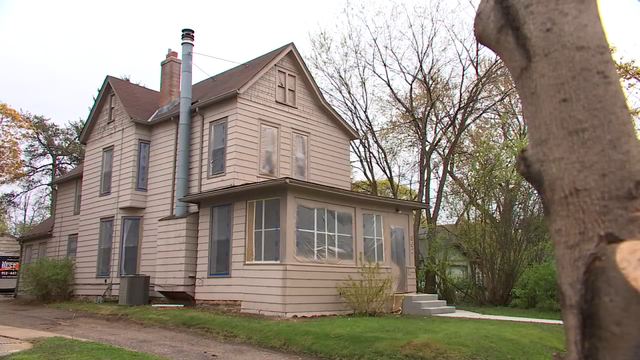The hazards of lead poisoning are particularly dangerous for young children. Lead paint present in pre-1978 housing is such a concern because the slowing of cognitive growth during mental development stages may not be recognized until it is too late. Worse yet, the effects of lead poisoning are irreversible, but completely preventable. That is why getting an RRP License is so important, learning about and spreading awareness of the health risks posed by lead paint. Unfortunately, people often find out about potential lead poisoning after years of exposure, as is the case here.
A former Hamline University student says her son is suffering the effects of lead poisoning after living in student housing for more than two years.
According to a lawsuit filed in Ramsey County district court, Katie Campbell accuses the university of breaking federal law and putting her family’s health at risk by not warning her of a possible lead problem in the old home.
“All landlords–not just universities–have responsibilities with these older homes to make sure they’re safe and to give warning,” said Campbell’s attorney, Stephen Cooper. “None of that happened here.”
As part of the training required to receive RRP Certification, contractors learn about the regulations that guide the proper informing of tenants about lead safety concerns. Additionally, students learn about the Environmental Protection Agency’s acceptable levels of lead present in child-occupied facilities.
Campbell was an undergraduate student when she applied for student housing geared towards families. The lawsuit claims she paid $1,000 a month for the house on Pascal Street North and was never warned about the lead paint.
According to documents provided by Cooper, inspectors found “very unsafe levels” of lead dust throughout the house. In the toddler’s bedroom alone, lead levels were ten times the EPA’s acceptable standards.
“One day the university showed up and said, ‘we’re going to test this place,’ and the figures were astronomical,” Cooper said. “As much as 40 or 50 times what is safe and what it should be.”
Read the full article.


